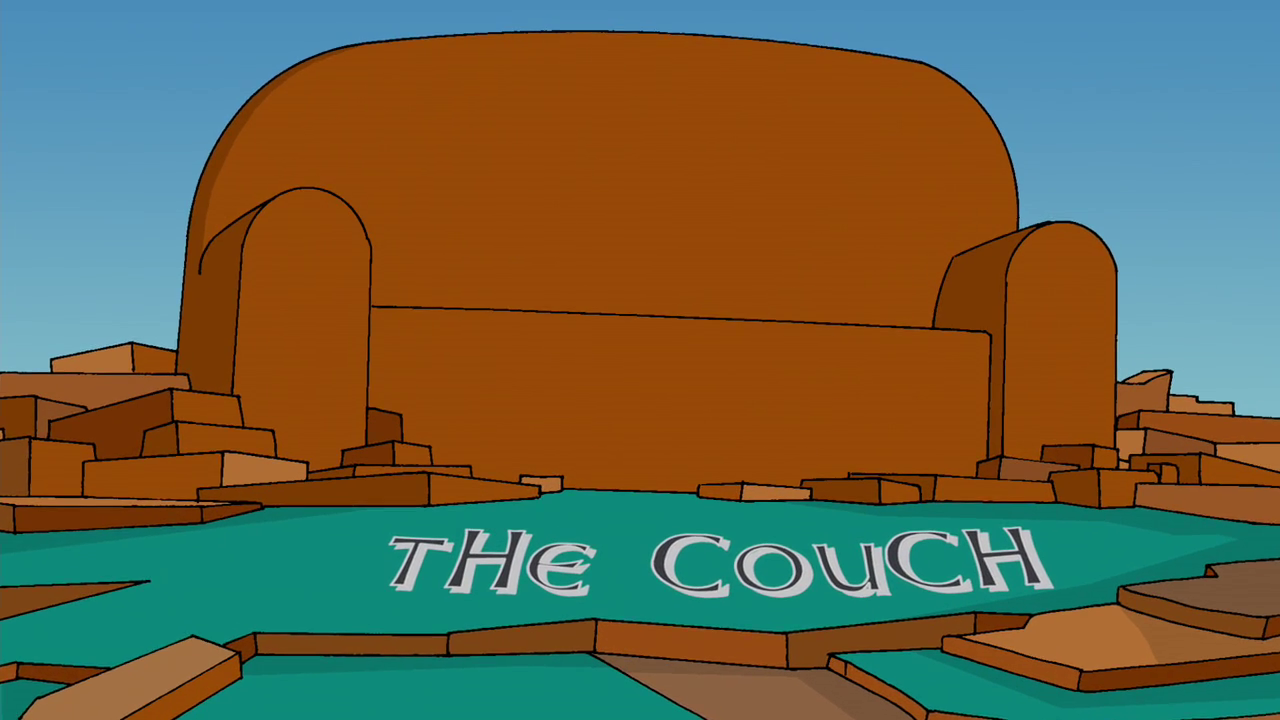

There is no requirement for an EEG in the determination of brain death.

For instance, if a stroke perhaps has occurred, the magnitude of the stroke or the exact importance of the stroke is a little hard to determine say from a CT scan which would take perhaps days to evolve to the point where you would see overwhelming brain injury. The EEG test may be useful when there is substantial physician uncertainty about the diagnosis of brain death. So, absence of blood flow is indeed brain death. Another form of blood flow is the old style angiogram where contrast material is injected into the carotid artery, and if it doesn’t flow into the brain then blood is not flowing into the brain and the brain cannot live without oxygen and nutrients being delivered by the bloodstream. One that is easiest to do is a radionucleide study where an isotype is injected in a vein and a gamma camera is placed over the head and when one can show no radioisotope going into the brain then there is no evidence of blood flow. One way to prove there is no blood flow to the brain is to do specific blood flow tests there are a variety of ones can that can be done. If ICP is as high as arterial pressure then no blood is flowing to the brain and the brain cannot live in that circumstance. You may still strongly believe at some point that a patient is brain dead, persistently high intracranial pressure. When that occurs you cannot use the neurologic examination because you have put the exam to sleep basically with a barbiturate. The best example I can think of is when a patient has been placed in a barbiturate coma by the physicians as a treatment for elevated intracranial pressure–being the most common use. Once in a while it is helpful to have technical confirmation of brain death. In these cases, confirmatory tests may be used. In certain cases, brain death cannot be determined on the basis of a neurological examination alone. If the PaCO2 has risen to 60 millimeters or above and the patient has not made efforts to breathe apnea has been established. And probably the most important reason for saving it for last is that if one plans to terminate the care of the patient at that point then you would just not put them back on the ventilator and the heart would stop within a matter of minutes.Īfter 10 minutes blood gases should again be measured and the ventilator reconnected. So it’s slightly harder to do than just checking the pupil response. The reason for that is that it’s the bottom of the brainstem it does require stopping the ventilator, gearing up a little bit to do it. It’s kind of the last test that you do testing for brain death. The patient should be watched for any efforts to breathe or any indications of cardiac instability such as bradycardia or cardiac arrhythmias, in which case ventilator support should be reinstated immediately. The ventilator is then turned off and oxygen is allowed to flow passively through an endotracheal catheter. A baseline blood gas should be measured and in most cases the PaCO2 will be in the range of 35 to 40 millimeters. The patient should be ventilated with pure oxygen or an oxygen and carbon dioxide mixture for ten minutes. And it’s done simply by a thing called apnea testing. So it’s important to test for that and determine reliably if the patient shows any ventilatory effort or not. In most instances where one is determining brain death, the patient is already on a ventilator, and one doesn’t know whether some minor ventilation drive may be present or not. And finally, determining if apnea is present.Īt the very bottom of the brainstem, that is in the medulla, are the centers that drive respiratory function and in the brain dead individual there will be no respiratory drive and no breathing. Fifth, an assessment of the lower brainstem should be performed, and there should be no gag or cough. Fourth, the occulovestibular reflex must be evaluated, and there should be no deviation of the eyes from midline despite irrigation of the ears with a cold saline solution. Third, the oculocephalic reflex should be tested, and there should be no response to the so-called dolls eye maneuver with rotating the head from side to side. Second, the corneal response, a fifth nerve reflex is tested and there should be no blinking in response to touching the cornea. First, the pupillary reflex is tested, and there should be absolutely no responsiveness of the pupils to light. The examination of the brainstem focuses on the presence or absence of the cranial nerve reflexes.


 0 kommentar(er)
0 kommentar(er)
